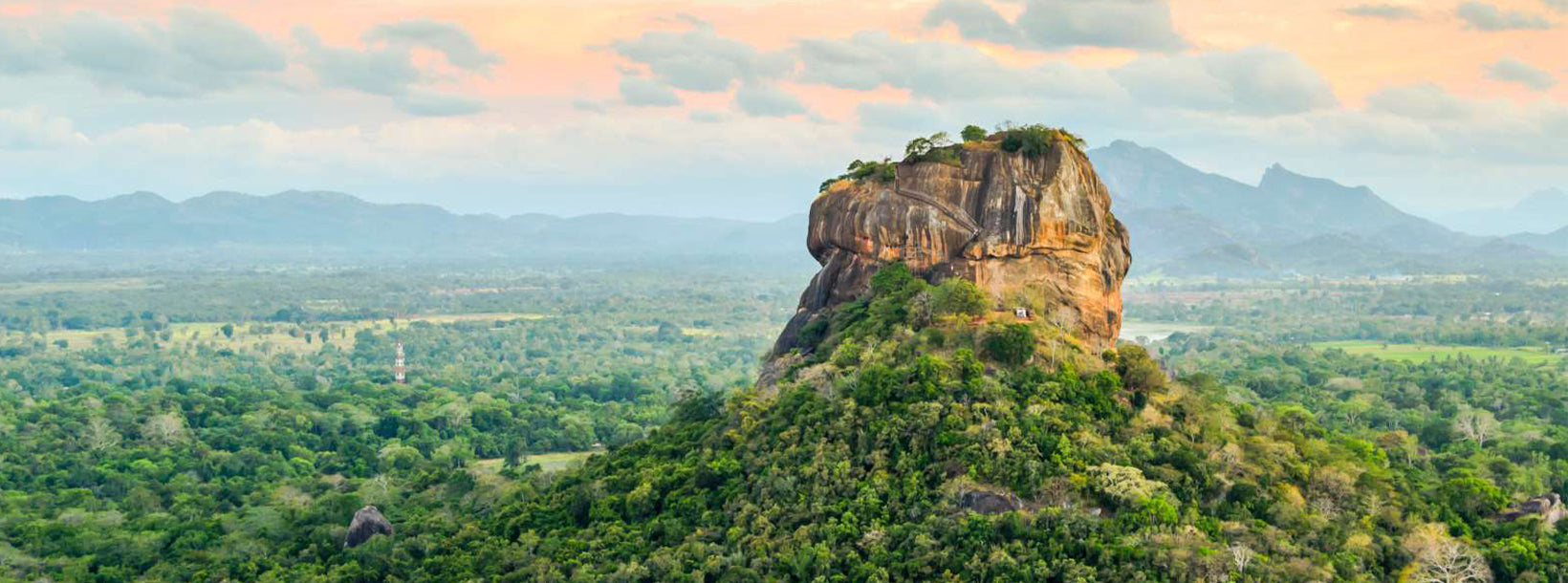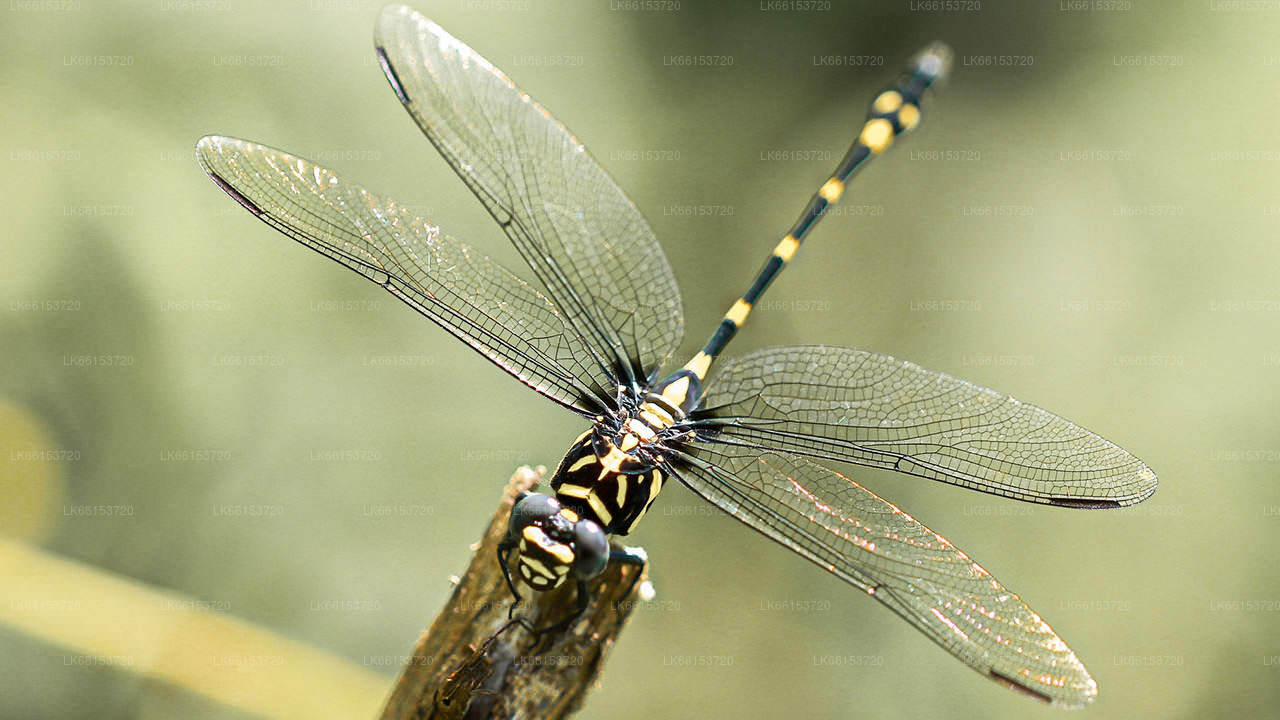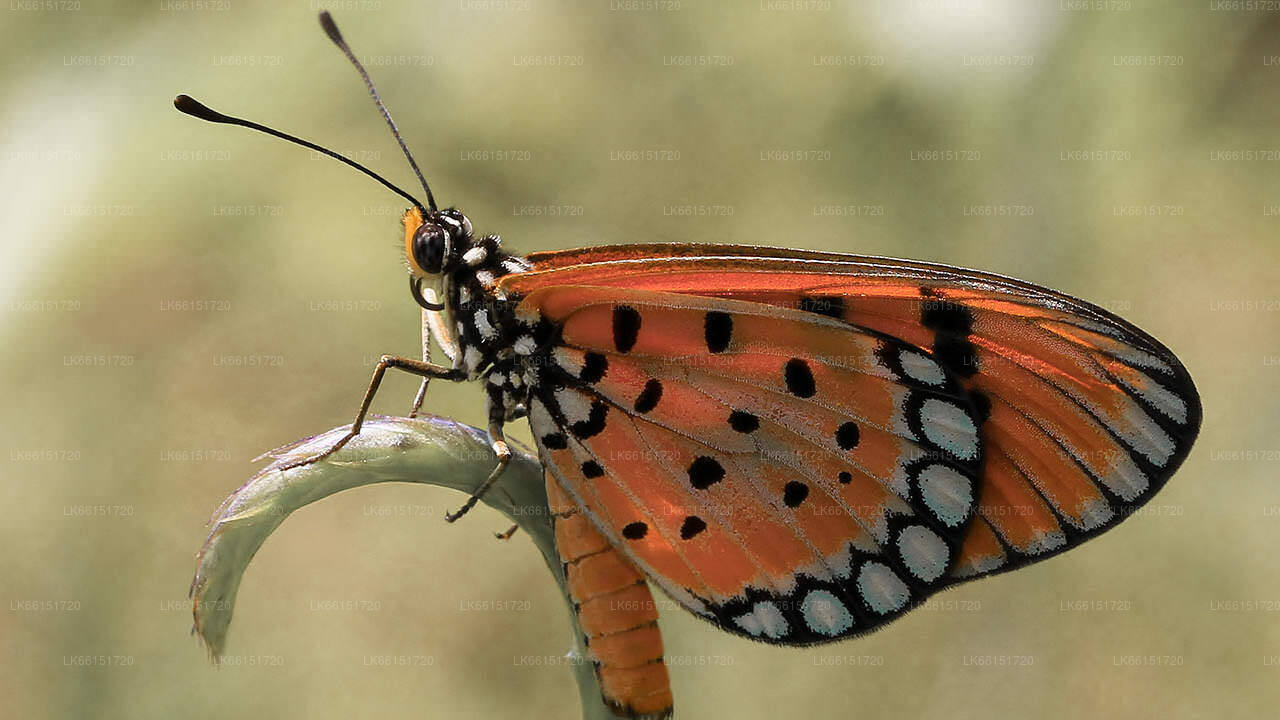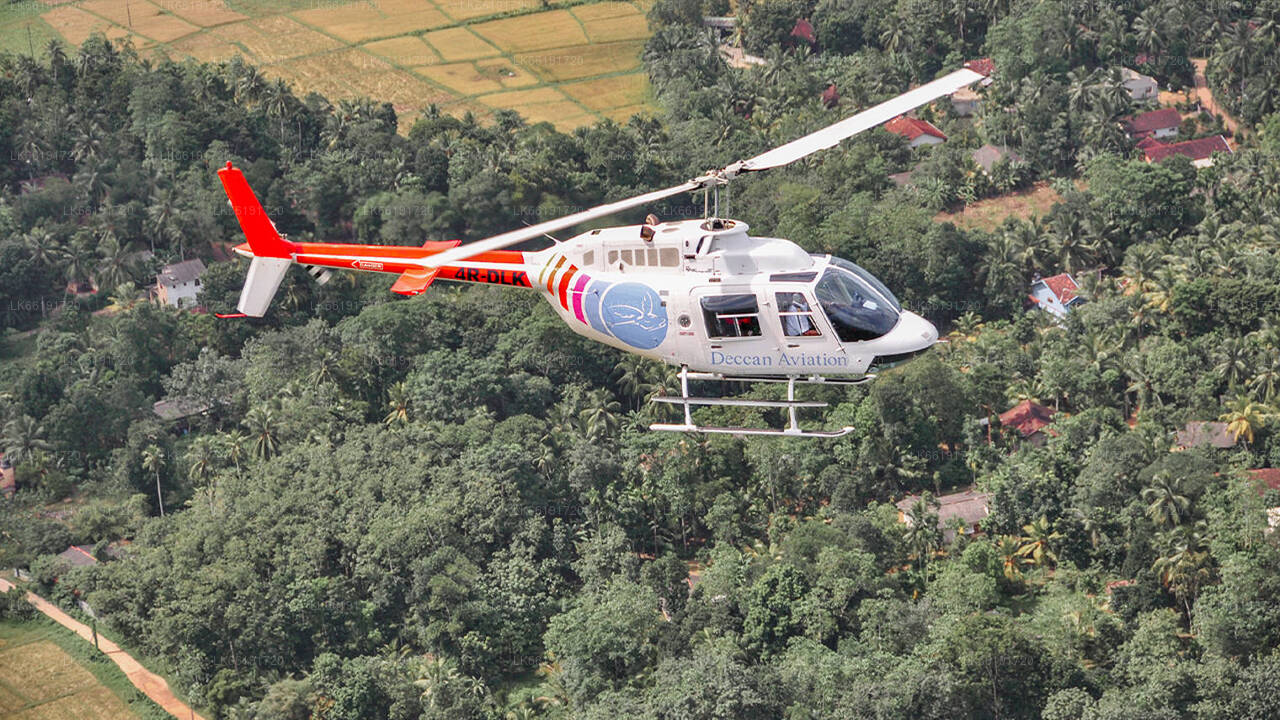
锡吉里耶市
锡吉里耶是斯里兰卡的联合国教科文组织世界遗产,是一座古老的岩石堡垒和宫殿,拥有令人惊叹的壁画和广阔的花园。它从平原上拔地而起,展现了这座岛屿丰富的历史和精妙的建筑技艺。探索锡吉里耶的迷人风光和文化底蕴。
Sigiriya Frescoes
The Sigiriya Frescoes were painted on the western surface of Sigiriya Rock, located in central Sri Lanka. Painted thirteen hundred years ago, they were the highlight of a massive palace complex built in 480AD by King Kasyapa. Today only a few paintings survive, in a small pocket half-way up the rock, about 100 meters above ground.
Protected in this small, sheltered depression a hundred meters above ground, they float effortlessly among the clouds. Some say they are celestial nymphs carrying flowers to shower upon kings and mortals below. Others suggest that they are queens and concubines of Kasyapa’s harem.
The ladies of the frescoes have been the subject of speculation for nearly one thousand six hundred years. They, in turn, have remained silent, smiling enigmatically, their secret intact for over 1,600 years. The names of the ladies and the artists who painted them are lost to history. Their legacy has survived for over half a million days, a testament to the genius of their creators and the king who commissioned them.
Who are the women in the Sigiriya Frescoes?
The rich adornments, sophisticated clothing, lifelike appearance, vibrant use of color, and the true rendition of facial and anatomical characteristics support the view that the artist drew his inspiration from the ladies of King Kasyapa’s court — his harem. The most telling validation of this view is that they all wear a delicate three-circled tattoo around their necks
The prominent but unobtrusive display of this tattoo, worn with pride, was meant to clearly identify these ladies as belonging to the king. They were ladies of the king’s harem, dressed in their finest. They were to be admired but not touched. For this reason, they were depicted in true form, voluptuous and desirable, but shorn of any earthly sexuality. They were not intended to be titillating. Depicted as supernatural beings they are portrayed with flowers to shower upon humans below. They were intended to evoke a sense of wonderment and to project the opulence and grandeur of Kasyapa the all-powerful god-king.
关于中央省
斯里兰卡中央省主要由山地构成。该省面积5,674平方公里,人口2,421,148。主要城镇包括康提、甘波拉(24,730)、努沃勒埃利耶和班达拉维拉。人口由僧伽罗人、泰米尔人和摩尔人组成。山地首府康提和努沃勒埃利耶市以及斯里帕达都位于中央省。该省盛产著名的锡兰茶,这种茶由英国人在19世纪60年代一场毁灭性的疾病摧毁了该省所有的咖啡种植园后种植。中央省吸引了众多游客,拥有康提、甘波拉、哈顿和努沃勒埃利耶等山地度假小镇。佛牙寺(Dalada maligawa)是中央省的主要圣地。气候凉爽,海拔1500米左右的许多地区夜晚常常寒冷。西坡非常湿润,有些地方年降雨量接近7000毫米。东坡属于中干旱地区,仅受东北季风影响。气温范围从康提的24°C到海拔1889米的努沃勒埃利耶的16°C。斯里兰卡最高的山脉位于中央省。地形以山地为主,深谷穿插其中。两个主要山区是中央山脉和康提东部的努克尔斯山脉。
























